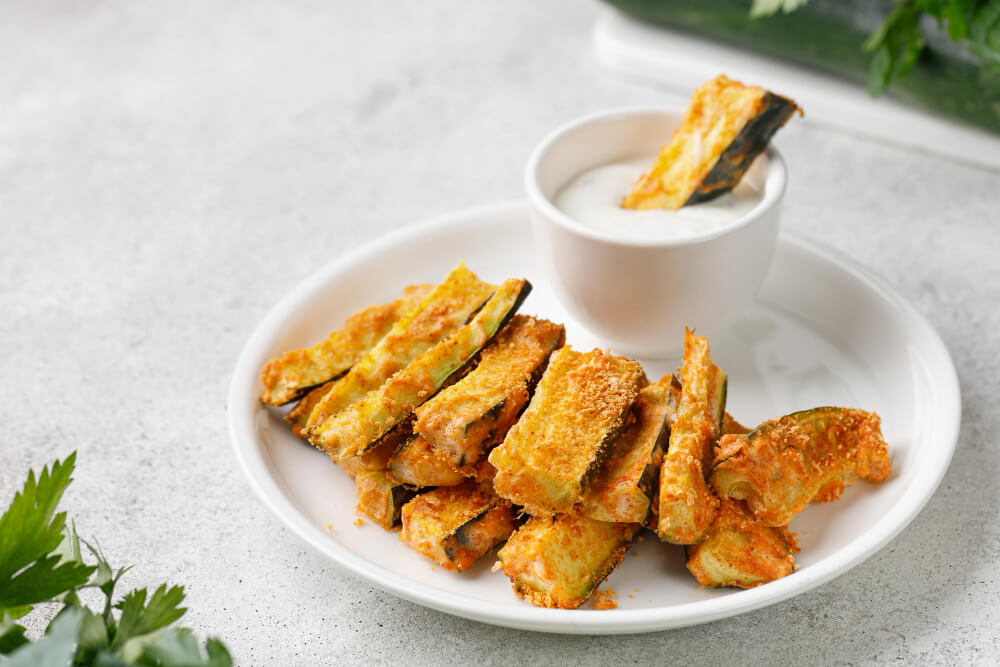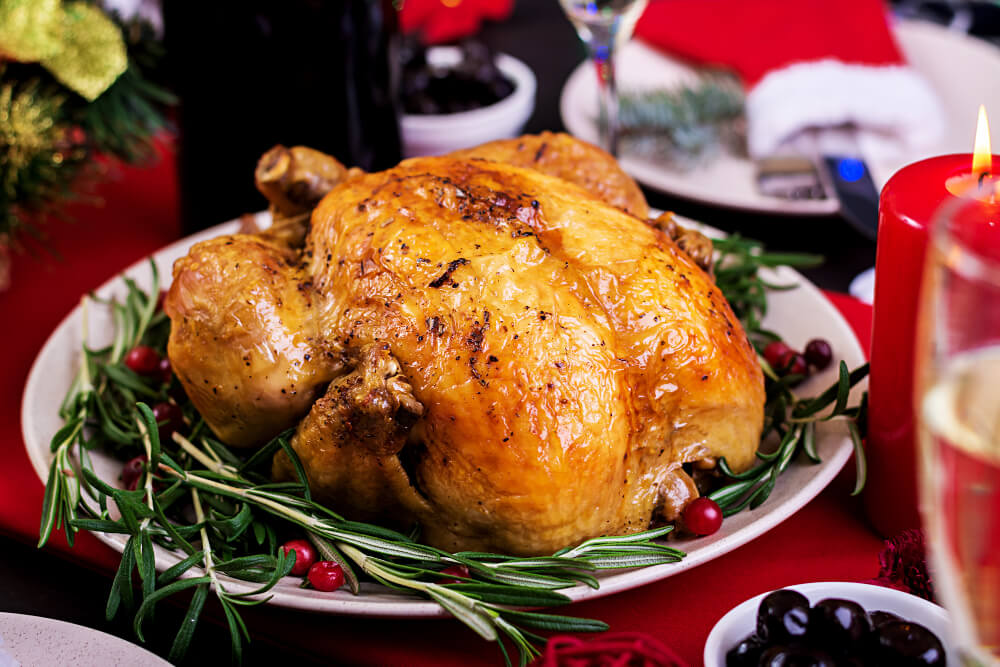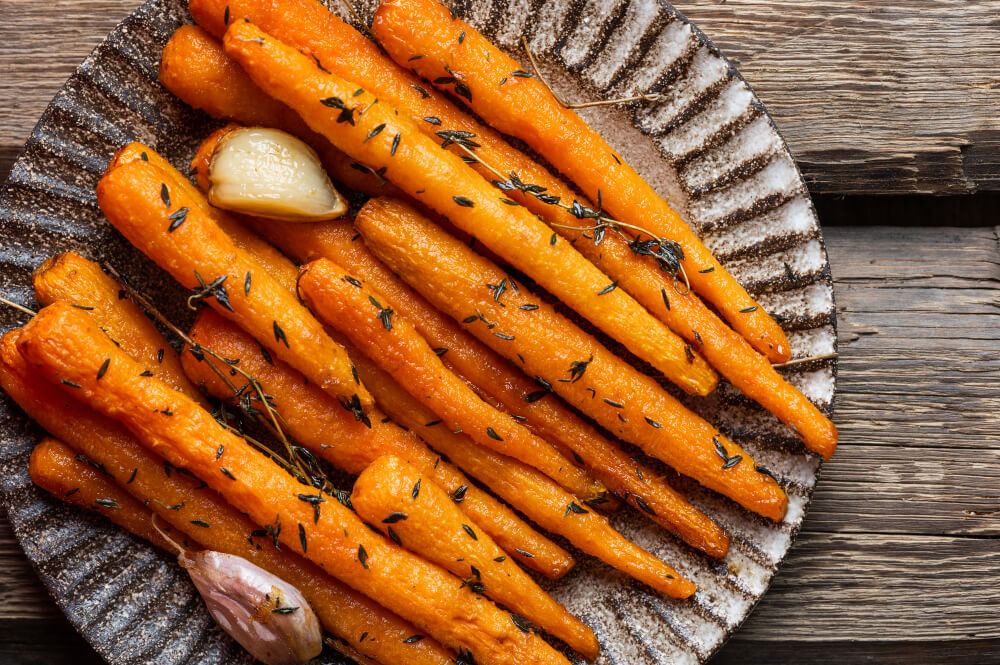
Wood vs. Plastic Cutting Boards, the debate over which type of cutting board to use in the kitchen has raged for years. Wooden boards have been the go-to for many home cooks and professional chefs for centuries, but in recent years, plastic chopping boards have gained in popularity due to their lower cost and easy maintenance. But which one is truly the best for your kitchen? In this article, we will take an in-depth look at both options' pros and cons, helping you make an informed decision about which one is right for you, wood or plastic. So, grab your favorite beverage, sit back, and let's dive into the world of cutting boards!
ADVANTAGES OF PLASTIC CUTTING BOARDS
Although many home cooks are devoted to wood, others favor plastic for various reasons, like its fun colors and being dishwasher safe. Of course, many go for both plastic and wood cutting boards.
Here are a few of the most common reasons to help you choose the best board for your kitchen:
LOW-PRICED AND EASY TO SANITIZE
They are a good choice due to their ease of sanitization, especially when you need a board for raw meat. Simply placing them in the dishwasher or hand-washing them with warm soapy water can eliminate bacteria and other germs. Another good idea is to have two separate fish and meat boards to avoid cross-contamination.
When washed with water at 180°F, the heat effectively kills a significant portion of microorganisms on the board's surface. This makes it a convenient option for busy individuals who prioritize time and budget in the kitchen.
MORE AFFORDABLE
You don't have to break the bank to get a high-quality wood-cutting board because they do tend to be more expensive than plastic ones.
However, it's worth noting that some options with high-grade certified HDPE (high-density polyethylene) can be surprisingly affordable, starting at as low as $20.
TAKE UP LESS SPACE
One of the advantages of plastic boards is being space-efficient. They are typically much thinner, with a thickness ranging from ½ to 1 inch. This makes them an ideal space-saving option for smaller kitchens or those short on counter space.
Additionally, their lightweight and flexible nature can be easily stored away in a drawer or cupboard when not in use.
THE DOWNSIDE OF PLASTIC BOARDS
Plastic boards are a popular alternative to wooden ones because they are affordable and low-maintenance. They are easy to clean, lightweight, and can be replaced relatively inexpensively.
However, here are some downsides to using plastic:
THEY ARE LESS DURABLE THAN WOOD AND NEED REGULAR REPLACEMENT
In most kitchens, plastic or composite boards are a common choice because they are cheap and easy to maintain. However, compared to wooden cutting boards, they are typically less durable. The frequent use of knives can easily damage them. This can result in deep grooves or cuts on the surface of the board, which can be difficult to clean and can create a perfect environment for bacteria to thrive.
Additionally, these cuts can weaken the structure of the board, which can cause it to warp or crack over time. If exposed to high temperatures or certain chemicals, the board can become discolored or develop a rough texture, which can make it even more challenging to clean.
LESS SANITARY THAN WOOD
Plastic cutting boards can pose a risk to food safety due to their inability to prevent moisture from accumulating in the cuts caused by knives. This can create a breeding ground for bacteria that can be difficult to clean and eliminate, even with regular washing. In contrast, wood chopping boards have natural antimicrobial properties that help prevent harmful bacteria growth.
These properties make wooden cutting boards safer for food preparation, as they are less likely to harbor harmful bacteria and other microorganisms. So, while it may be more convenient in cost and maintenance options, wood offers superior protection against bacterial contamination and food-borne illness.
DULLS THE KNIVES' EDGES FASTER COMPARED TO WOOD
Plastic chopping boards are popular due to their toughness and simple cleaning, but they can make your knives less sharp. Even though they don't dull knives as quickly as harder surfaces like bamboo or glass, they still dull knives faster than walnut end-grain boards.
The surface is harder than wood, creating more friction between the blade and the surface, which can wear down the blade's edge more quickly. In contrast, wood is usually softer and less damaging to knives over time.
PLASTIC IS SUSCEPTIBLE TO GETTING SCRATCHED
With regular use, these boards can develop visible knife marks that deeply scar their surface. These marks can be difficult to clean because food particles can get lodged in the crevices that the cuts create, making them hard to reach. Electron microscope scans have revealed that these marks can be quite deep and damaging.
As a result, cleaning them requires more effort than simply wiping it down. Instead, you will need to use a scrub brush to reach every crevice and remove all traces of bacteria and food particles. Even with a thorough cleaning, it can be challenging to eliminate all bacteria from it, which is why many people switch to wood instead.
PERKS OF GOING WITH WOOD-CUTTING BOARDS
High quality cutting board like wood is generally considered the best choice due to its longevity and knife-friendly surface that naturally absorbs cuts from knives.
WOOD BOARDS CAN SERVE YOU FOR MANY YEARS
Some types of wood, such as bamboo, may be too harsh on knives and can cause damage to the board's surface. On the other hand, wood species like walnut, maple and cherry, which are harder and more durable, are ideal for cutting boards. The hardness of a wood species can be estimated using the Janka Hardness scale, and cutting boards from hardwoods with a Janka hardness rating of 900-1500 are considered ideal for kitchen use.
With proper cleaning and maintenance, cutting boards made from wood can last for many years, making them a worthwhile investment. In contrast, HDPE ((high-density polyethylene) cutting boards tend to have a much shorter lifespan, lasting as little as 1-2 years before their quality begins to degrade.
WOOD IS MORE HYGIENIC
Wood has natural antimicrobial properties from substances called extractives embedded in the wood fibers. These extractives can handle bacteria by desiccating mold and other harmful microbes, which helps to safeguard your food from contamination and make food preparation safer.
Empirical research has been conducted to test the microbial characteristics of wood. While some people may be concerned that wood could promote microbial degradation due to its porous nature, the truth is that wood's organic extracts prevent microbial degradation. These compounds have antimicrobial behavior, making wood a great choice for a cutting board.
WOOD IS GENTLE TO YOUR KNIFE'S EDGES
Wood cutting boards are a preferred choice for many people because they are gentler on knives compared to other materials. The surface of a wood cutting board is softer and less harsh on the blade's edge, resulting in less damage over time. As a result, knives retain their sharpness for longer periods, and the board itself can have a longer lifespan. Additionally, wooden cutting boards often provide a more natural and aesthetically pleasing appearance, making them an excellent choice for home kitchens and professional chef settings.
WOOD NATURALLY SEALS KNIFE MARKS
If your board has knife marks that are not too deep, you can restore them by applying oil or conditioner to the board. This works especially well on end grain boards since cutting through the grain of the wood naturally seals it back to its prior condition. Think of it like cutting through a bundle of straws. Sealing the knife marks helps protect the board from moisture and bacteria and can extend its lifespan.
THE DOWNSIDE OF WOOD-CUTTING BOARDS
Wooden cutting boards can disinfect themselves, making them a more hygienic option for food preparation. They can also have a longer lifespan if they are well-maintained.
However, there are some downsides that should be considered:
WOOD NEED MORE MAINTENANCE
To keep your board in excellent condition, it's important to follow some basic maintenance steps. First, use a good quality cutting board oil and conditioner, following the recommended methods for seasoning it. When it's time to clean your board, hand-wash it with warm water and mild soap, and be sure to dry it thoroughly before applying food-grade mineral oil. These simple steps can help keep your cutting board clean, hygienic, and in great shape for years to come.
Avoid using the dishwasher at all costs, as this will cause significant damage to the board.
While caring for your board may take a bit more effort, having a durable and hygienic surface makes it a worthwhile investment. By following these proper cleaning and maintenance procedures, you can help extend the life of your board and keep it in excellent condition for many years to come.
NATURAL WOOD MAY WARP IF NEGLECTED
While they can be susceptible to warping over time due to uneven moisture distribution, this can be easily prevented with proper care and maintenance. By ensuring the board is properly cleaned, dried, and conditioned, you can help extend the board's lifespan.
SOME WOOD USED FOR CUTTING BOARDS CAN BE HARD ON KNIVES
When choosing a cutting board, it's important to consider the type of wood being used, as some species can be toxic or harmful to knives. For example, Rosewood can leach poisonous toxins or smells into foods, so it should not be used for cutting boards.
Instead, it's recommended to choose hardwoods like maple, walnut, and cherry. These woods are non-toxic and safe to use for food.
It's also important to consider the glue used to assemble the various wood pieces into a board. Some glues can contain a toxic carcinogen called formaldehyde. For this reason, it's best to use food-safe and water-resistant glues like TiteBond III when making cutting boards.
WOOD IS EXPENSIVE
Wood is a natural and durable material perfect for cutting boards. However, it's important to note that wood can be expensive compared to other materials. The cost of wood depends on various factors, including the type of wood used, its availability, and the quality of the wood.
High-quality hardwoods like maple and walnut, ideal for cutting boards, can be particularly pricey due to their strength, density, and resistance to wear and tear. Despite the cost, many people still prefer wood cutting boards because of their beauty, functionality, and longevity. With proper care, a high-quality wood-cutting board can last for years, making it a worthwhile investment for any home cook or professional chef.
FREQUENTLY ASKED QUESTIONS
WHAT ARE PLASTIC BOARDS MADE OF?
Standard cutting boards are made from High-Density Polyethylene (HDPE) material. The material is chosen because it's durable, food-safe, and low maintenance. HDPE cutting boards are resistant to bacteria, odor, and moisture. They are also gentle on knives' edges.
ARE PLASTIC CUTTING BOARDS HEALTHY?
Although they may be less of a threat if well-sanitized and frequently replaced, they can still harbor bacteria in the grooves created by knife marks. In addition, the board materials can contain chemicals that may leach into food, such as estrogenic compounds.
While they may not pose a significant threat to your health, long-term and consistent use of plastic in the kitchen may not be the healthiest option. Switching to wood can be a safer and healthier choice. Wood has natural antimicrobial properties that can ensure your food safety and can last many years with proper care and maintenance.
WHAT DO PROFESSIONAL CHEFS USE?
When it comes to professional chefs in hotels and restaurants, both types are commonly used. Some chefs also prefer rubber cutting boards because they are easy to clean and gentle on knives. However, it's worth noting that rubber boards may not have the same visual appeal as wood boards.
HOW SANITARY ARE WOOD CUTTING BOARDS?
Boards made of wood are very safe to use, but it's essential to clean them properly. For example, suppose you use the board to cut raw chicken or meat. In that case, it's important to disinfect it with 3% hydrogen peroxide or a mix of bleach and water.
You can read a complete guide here on sanitizing a wood-cutting board to ensure it's thoroughly cleaned.
Wood is naturally porous and hygroscopic, which means it can absorb moisture. However, this same quality can also create conditions that prevent bacterial growth on the board. These natural conditions are a unique feature of wood cutting boards that make them a popular choice for food prep.
FINAL WORDS
Choosing the right cutting board depends on three important factors: your budget, your value in maintaining sharp knives, and whether you want a low-maintenance or high-maintenance board. Both wood and plastic cutting boards are good options depending on your goals, and usually, people go for both types.
Plastic cutting boards are popular for those on a tight budget, mainly because they are lightweight, dishwasher-safe, and easier to clean. If you opt for this type, choosing ¾" -1" thick boards is recommended, which are more resistant than ½" poly boards.
However, if you are looking for a gentler, more elegant, and long-lasting option on knives, a large wooden butcher board is a great choice.
Here at Mevell, our board materials are made from sustainably sourced American black walnut and are crafted using non-toxic, food-safe, and moisture-resistant glue and finish.
Check out our online catalog if you're interested in purchasing a high-quality board for your kitchen.
Next Read:Bamboo Vs Wood Cutting boards: Which options is the best?




